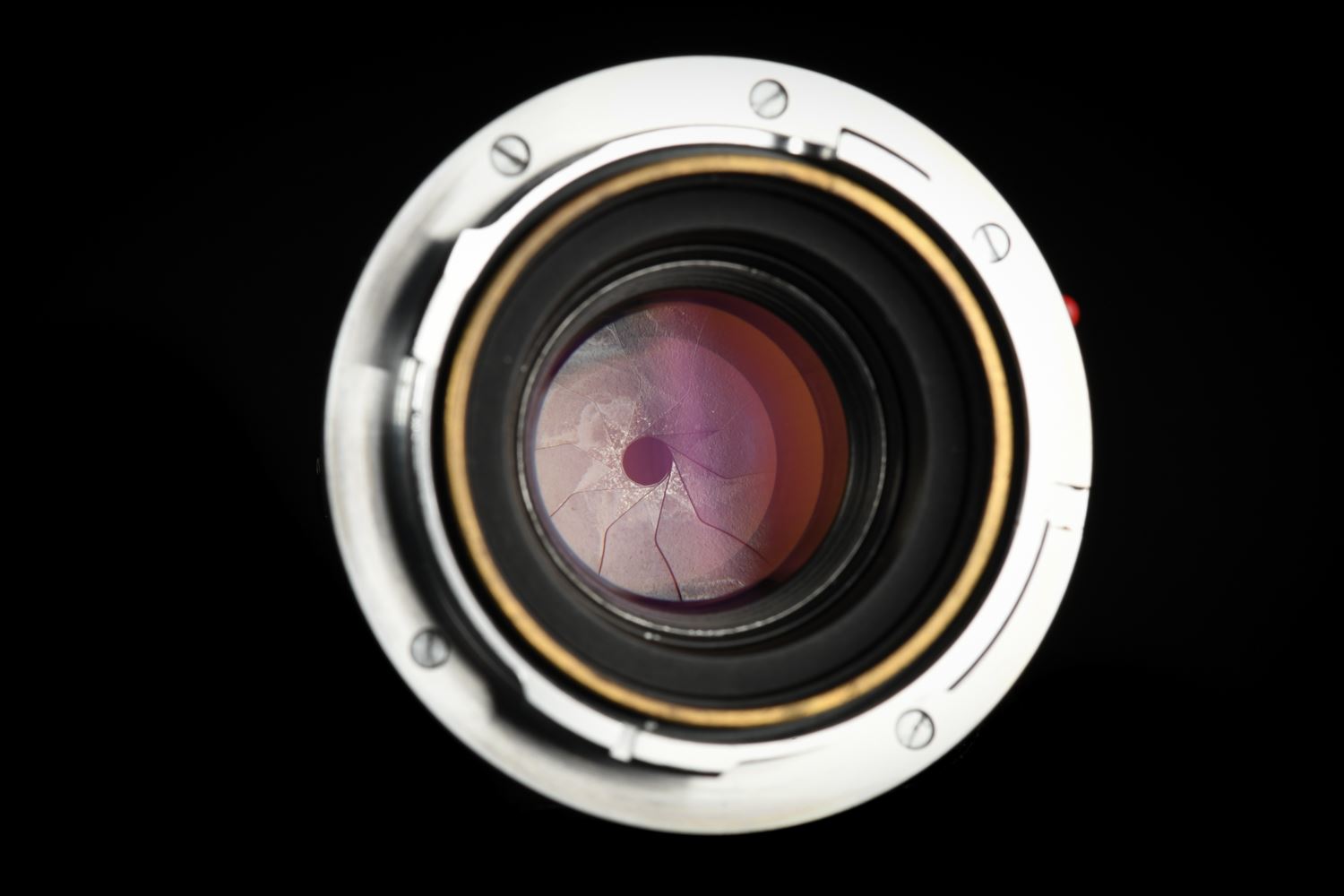

Leica knows this, which is why in 2021 they released the 35 APO-Summicron. In the year 2021, however, the Summicron feels obsolete and overpriced. I bet the Summicron was an incredible lens when it was released in 1996, as aspherical lenses were still a relatively new technology. The 35 Summicron ASPH, on the other hand, is remarkably average. But when spending $3695 for a 35/2 lens, shouldn’t we expect image quality that’s better than just acceptable? Other Leica lenses justify their price tags with incredible optical performance (such as the 21/3.4 or the 75/2) or by delivering a combination of size, speed, and sharpness that’s not available anywhere else (such as the 35/1.4 FLE). I thoroughly enjoyed using mine and only sold it because I wanted f/1.4.

In summary, the 35 Summicron ASPH is a lens with fantastic handling and acceptable image quality. And the build quality is amazing, especially compared to the recent collapsible 50 Elmar-M of which I had a few which eventually got loose and wobbly, my 60+ yr old Cron is as solid as the day it left the factory.As you can see, there’s a good reason why the most commonly used word to describe this lens is “sharp.” There’s definitely a drop in resolution off-axis, but it rarely makes images look unsharp.

I still kept my collapsible, mainly because it's in screw mount for my LTM bodies, but it comports itself very well on my M240 also. But there really isn't a bad Cron in the bunch.

Personally, having had all the Crons from collapsible on up to the latest, my favorite is the 11819, so-called "tabbed" version with the same optics as the current version. The 11817 is less flare-prone, and definitely has better coatings, which are the achilles heel of the earlier versions as they were quite soft and easily damaged. Although the 11817 head does unscrew, I maybe wrong but AFAIK it was not meant to do so except for repair/adjustment, and it either won't fit or won't work properly with any other focusing mount.Īs for performance, the 11817 gained contrast and center sharpness, but at the expense of a slight loss in resolution across the field.


 0 kommentar(er)
0 kommentar(er)
